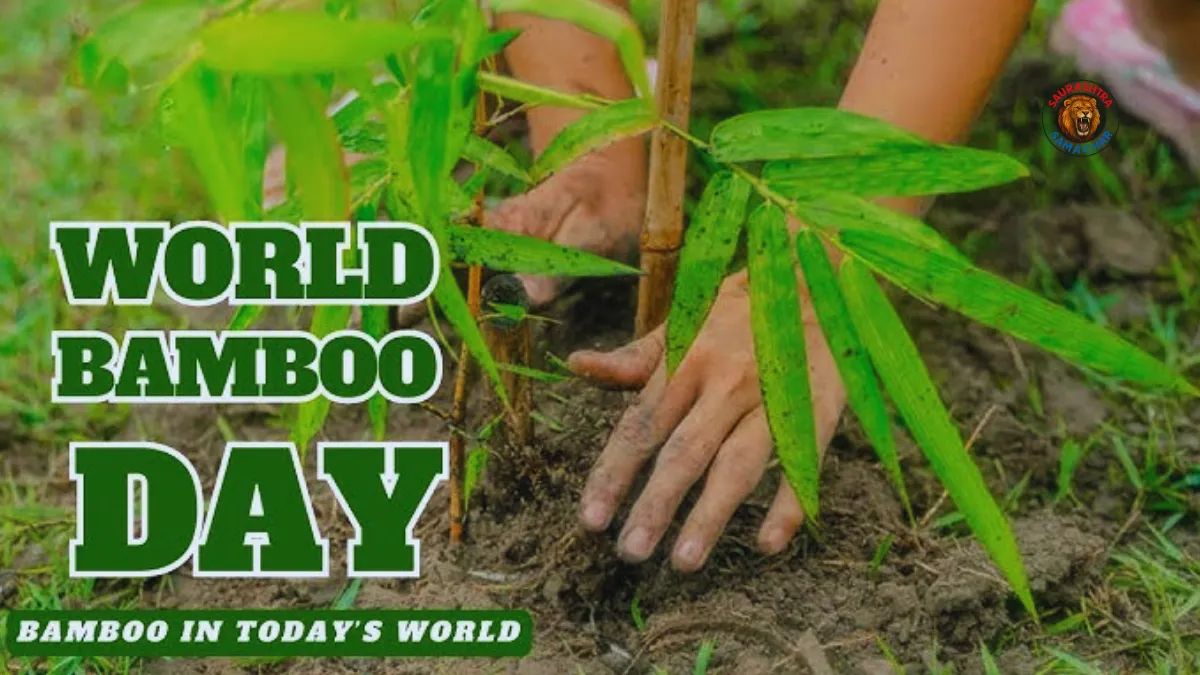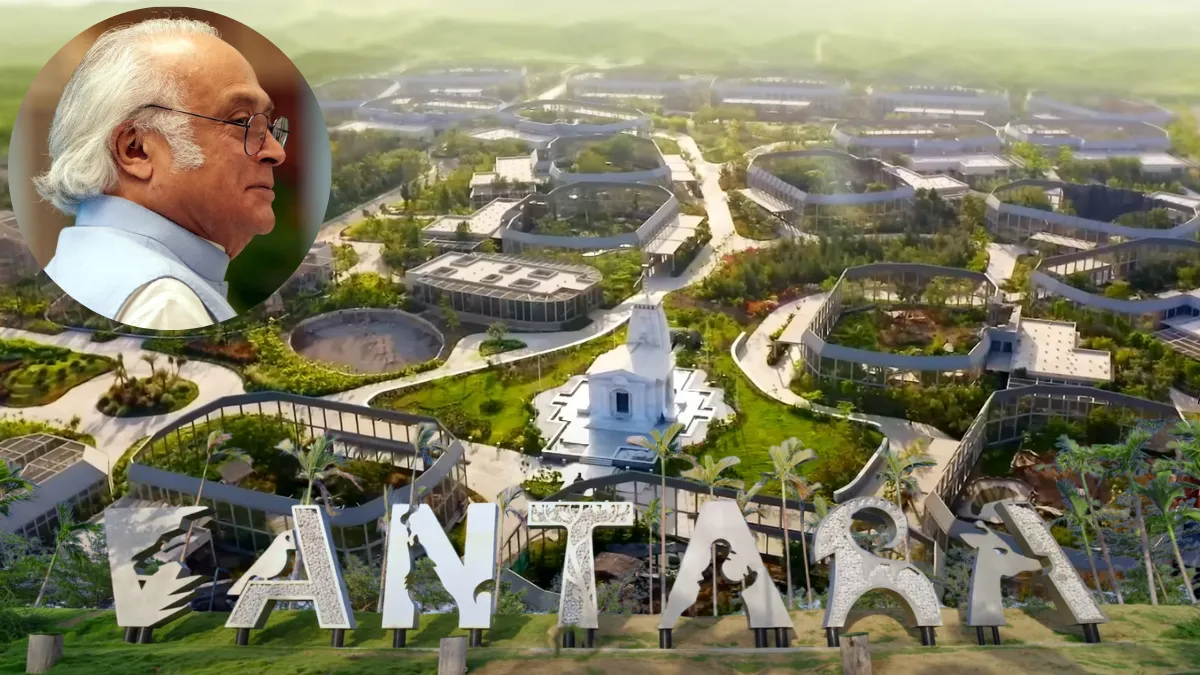Crisis on Vantara has become a major talking point in India after the Supreme Court ordered a Special Investigation Team (SIT) to look into allegations related to the ambitious wildlife rescue and rehabilitation project established by Mukesh Ambani’s son in Jamnagar, Gujarat. The case has drawn national attention, especially after two Public Interest Litigations (PILs) raised serious questions about the transfer of animals to the facility.
This article explains the background of the case, the concerns raised, details about the SIT, and what lies ahead for the future of the Vantara project.
What is Vantara?
Vantara is a wildlife rescue and rehabilitation center set up in Jamnagar by Mukesh Ambani’s son, Anant Ambani, under the Reliance Foundation. The initiative was launched with the aim of providing shelter, medical care, and a safe environment for rescued animals, particularly elephants, which have often been victims of neglect, exploitation, or poor living conditions in captivity.
The facility quickly became one of the largest privately-run conservation efforts in India. It houses elephants, other wildlife species, and even includes veterinary care facilities, natural enclosures, and specialized staff.
While the project has been praised by some conservationists for its intentions, it has also come under scrutiny after controversies around animal transfers and questions of legality. This has now culminated into what is being called the Crisis on Vantara.
Why Did the Crisis on Vantara Begin?
The controversy started when a female elephant named Mahadevi was transferred from a temple in Kolhapur to Vantara in July. This transfer sparked protests from animal rights groups and led to the filing of two Public Interest Litigations (PILs).
The PILs alleged that the transfer violated wildlife laws and questioned whether such relocations were ethical and legally valid. The concerns were not just about one elephant but about whether Vantara’s operations as a whole were in compliance with wildlife protection norms.
Following these petitions, the Supreme Court of India decided to intervene, forming a Special Investigation Team (SIT) to examine all aspects of the issue. This marked the formal beginning of the Crisis on Vantara.
Supreme Court’s Action and SIT Formation
On August 28, a Supreme Court bench comprising Justice Pankaj Mithal and Justice P.B. Varale ordered the formation of an SIT to conduct a fact-finding mission into Vantara. The SIT was tasked with investigating the allegations raised in the PILs, visiting the site, and submitting a detailed report.
The team is led by former Supreme Court Judge Justice J. Chelameswar. Other prominent members include:
| Name | Designation/Background |
|---|---|
| Justice J. Chelameswar | Former Supreme Court Judge, Head of SIT |
| Justice Raghvendra Chauhan | Former Chief Justice of Uttarakhand and Telangana High Courts |
| Hemant Nagrale | Former Police Commissioner of Mumbai |
| Anish Gupta | Additional Commissioner of Customs |
The SIT began its three-day visit to Jamnagar on Thursday, touring the Reliance Foundation’s Vantara facility. According to sources, the inspection was expected to conclude by Saturday, after which the team will prepare a detailed report for the Supreme Court.
Concerns Raised Against Vantara
The Crisis on Vantara is rooted in several important questions raised by the petitioners and animal rights activists:
- Legality of Animal Transfers – Were elephants and other animals transferred to Vantara in compliance with wildlife protection laws?
- Welfare of Animals – Are the animals being cared for in a way that ensures their well-being and respects their natural behavior?
- Private Ownership Concerns – Should such a large-scale wildlife project be run by a private entity, even if under the umbrella of a foundation?
- Transparency Issues – Has there been full transparency in the process of acquiring, transferring, and maintaining these animals?
Supporters of Vantara argue that the center provides world-class facilities and has saved many animals from poor conditions, especially elephants rescued from temples and circuses. However, critics argue that without clear legal frameworks and monitoring, such initiatives can set dangerous precedents.
Why This Case Matters
The Crisis on Vantara is not just about one facility; it reflects broader issues around wildlife protection, animal rights, and the role of private players in conservation.
- Wildlife Protection in India: India has strict laws protecting elephants and other species. Any violation could set off a wave of similar concerns across the country.
- Balancing Welfare and Ownership: While private projects can contribute to conservation, they must operate within strict ethical and legal frameworks.
- Judicial Oversight: The involvement of the Supreme Court ensures that the matter will be investigated fairly, with long-term implications for conservation projects nationwide.
Current Status of the SIT Investigation
As of now, the SIT has completed its on-ground survey at the Vantara facility in Jamnagar. The team interacted with officials, inspected enclosures, and reviewed records related to the transfer and care of animals.
According to insiders, the report is expected to be submitted soon to the Supreme Court. Depending on its findings, the court could either allow Vantara to continue operations with stricter oversight, or it could impose significant restrictions, reshaping the project’s future.
Also read: SIT Begins Probe into Vantara: Animal Numbers Rise from 4,600 to 75,000
The Road Ahead for Vantara
The coming weeks will be critical for the future of Vantara. The Supreme Court’s final directions will determine:
- Whether the transfer of elephants and other animals to Vantara was legal.
- If the facility is allowed to continue functioning under current conditions.
- Whether new guidelines or monitoring mechanisms will be introduced.
If cleared, Vantara could emerge stronger, serving as a model for private participation in wildlife welfare. However, if the SIT report highlights violations, it could become a cautionary tale about how even well-intentioned projects can face backlash without complete transparency.
Conclusion
The Crisis on Vantara has highlighted the complex relationship between conservation, legality, and private involvement in wildlife care. While the intentions behind Vantara may have been noble—providing shelter and care for rescued animals—the legal and ethical questions surrounding it cannot be ignored.
The Supreme Court’s SIT investigation represents a crucial step in ensuring accountability. Whether the project emerges as a benchmark for conservation or faces restrictions will depend on the findings of the SIT.
One thing is clear: the case has sparked a national debate on how India manages its wildlife, the role of private initiatives, and the need for strict compliance with conservation laws.
As the nation waits for the SIT’s report, the Crisis on Vantara stands as a reminder that wildlife conservation requires not just good intentions, but also transparency, legality, and ethical responsibility.














